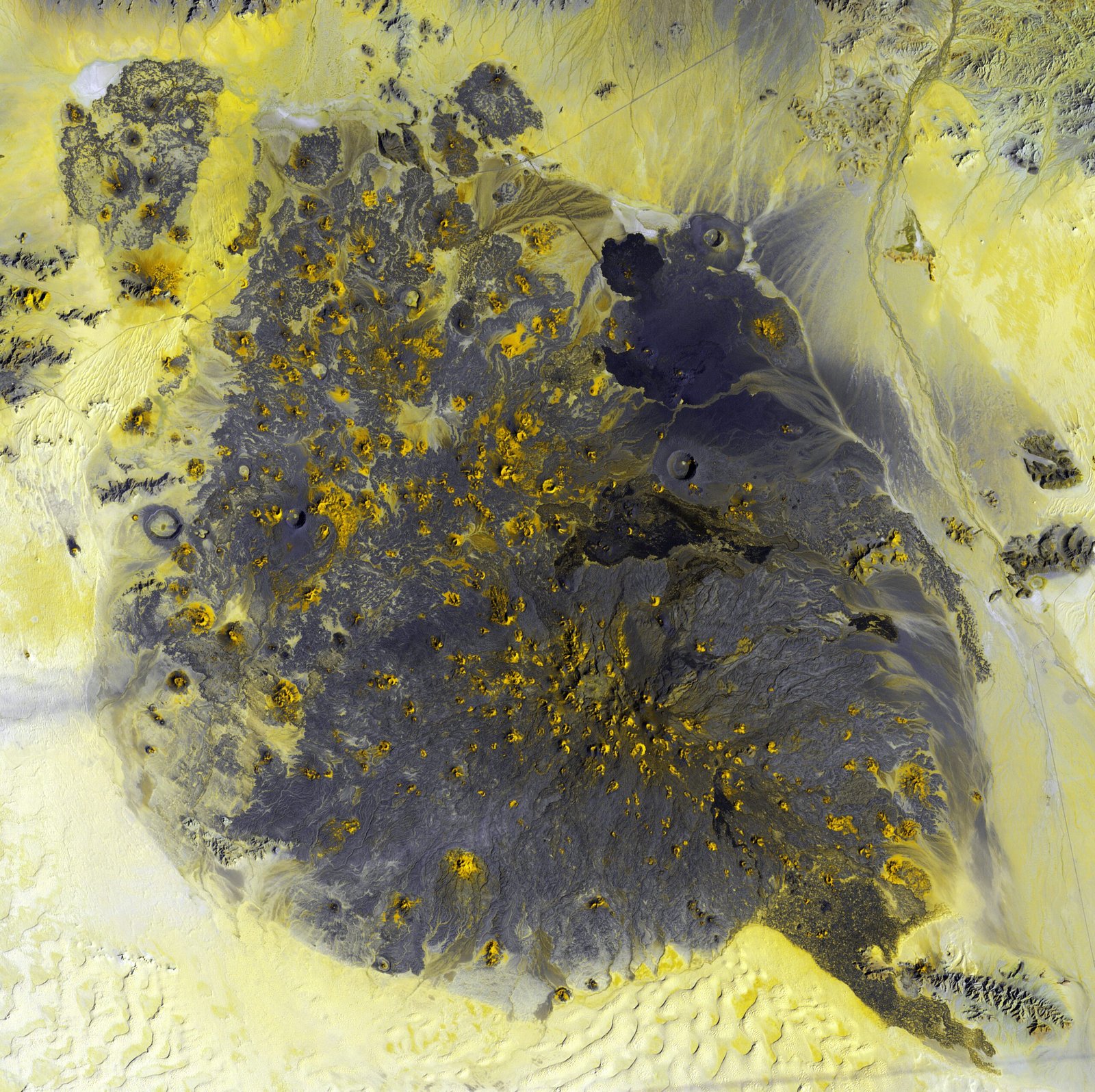Step right up and prepare to be captivated by “FAIR GROUNDS: Exploring the Intersection of the Carnival and the Prison,” Sable Elyse Smith’s thought-provoking solo exhibition at Regen Projects. Through a series of dynamic sculptures and captivating paintings, Smith invites you to join her on a journey that amplifies the absurdity of incarceration. Inspired by her own encounters with the prison system in Southern California, Smith infuses her artwork with elements of play and satire, inviting you to question the intricate web of the prison-industrial complex. Drawing on the writings of scholar Christina Sharpe, who refers to anti-Blackness as an atmospheric condition, Smith expertly highlights the interconnectedness of punishment and entertainment within society. Get ready to delve into this multidimensional exploration of an intersection you never knew existed.
Overview
Introduction to the exhibition
Fair Grounds, Sable Elyse Smith’s solo exhibition at Regen Projects, delves into the intriguing intersection of the carnival and the prison. Through a series of thought-provoking artworks, Smith invites visitors to explore the complex and often absurd world of incarceration. This innovative exhibition challenges societal norms and attitudes surrounding punishment, while also shedding light on the racial disparities and systemic injustices within the prison-industrial complex.
Exploring the carnival and the prison
By drawing upon the seemingly disparate realms of the carnival and the prison, Smith creates a vibrant and immersive experience for viewers. The carnival, with its colorful and lively atmosphere, serves as a stark contrast to the somber and restrictive nature of prison life. Through her artistic representation, Smith prompts us to question the social and cultural underpinnings that shape our understanding of these contrasting spaces.
Highlighting the absurdity of incarceration
One of the key themes explored in Fair Grounds is the absurdity of incarceration. Smith’s sculptures and paintings serve as poignant reminders of the often arbitrary and senseless nature of punishment. By utilizing a friendly and approachable tone, she encourages viewers to critically examine the prison-industrial complex and its implications for individuals, communities, and society at large.
Artwork
Sculptures depicting prison-related themes
Within the exhibition, visitors are greeted by a series of thought-provoking sculptures that explore prison-related themes. These sculptures, created with meticulous attention to detail, evoke a wide range of emotions. From shackles crafted out of brightly colored plastic to distorted renderings of prison cells, Smith’s sculptures challenge our preconceived notions about the prison system and its impact on the lives of those who find themselves within its confines.
Paintings that challenge the prison-industrial complex
Fair Grounds also features a collection of powerful paintings that serve as a visual critique of the prison-industrial complex. These paintings depict scenes of both confinement and liberation, showcasing the interplay of power, control, and resistance. Smith’s use of bold colors and dynamic brushstrokes invites viewers to engage with the artwork on multiple levels, encouraging them to consider the deeply entrenched inequalities and systemic injustices that perpetuate the cycle of incarceration.
Incorporation of play and satire in the artwork
One of the defining characteristics of Smith’s artwork in Fair Grounds is the incorporation of play and satire. Through the use of humor and irony, she challenges conventional understandings of punishment and incarceration. By juxtaposing elements of the carnival with the prison, Smith invites viewers to critically examine the ways in which societal systems and institutions can often trivialize or distort the experiences of those impacted by incarceration.

Personal Experiences
Smith’s personal experiences with the prison system
Sable Elyse Smith’s personal experiences with the prison system in Southern California serve as a powerful source of inspiration for her artwork in Fair Grounds. Drawing from her own lived experiences, Smith brings an authenticity and emotional depth to her artistic exploration of incarceration. By sharing her story with viewers, she creates a profound sense of connection and empathy, inviting us to reflect upon the impact of the prison system on individuals and communities.
Insights from Southern California prisons
Through her personal encounters and interactions with individuals within the Southern California prison system, Smith has gained critical insights into the realities of incarceration. These insights provide a foundation for her artistic explorations and shape the narratives depicted in her artwork. By incorporating firsthand accounts and observations, Smith’s work serves as a window into the often overlooked aspects of prison life, humanizing those impacted by the criminal justice system.
Influences
Christina Sharpe’s writings on anti-Blackness
Sable Elyse Smith’s artistic practice in Fair Grounds is deeply influenced by the writings of scholar Christina Sharpe. Sharpe’s groundbreaking work on anti-Blackness and the enduring legacies of slavery provides a theoretical framework for Smith’s artistic exploration of the prison system. Smith engages with Sharpe’s ideas to illuminate the ways in which race, power, and punishment intersect within the context of incarceration.
Characterizing anti-Blackness as an atmospheric condition
One of Sharpe’s key contributions to the discourse on anti-Blackness is her characterization of it as an atmospheric condition. This understanding of anti-Blackness frames it as a pervasive and all-encompassing force that shapes the experiences and lives of Black individuals. Smith incorporates this atmospheric condition into her artwork, capturing the nuanced ways in which racism and systemic oppression manifest within the prison system.
How Sharpe’s ideas shape Smith’s approach
Sharpe’s ideas influence Smith’s artistic approach in Fair Grounds by providing a critical lens through which to examine the prison-industrial complex. Smith’s work seeks to interrogate and challenge the systemic structures that perpetuate racial disparities and injustice. By drawing upon Sharpe’s scholarship, Smith offers a nuanced and multidimensional exploration of the intersections of race, power, and punishment.

Intersection of Punishment and Entertainment
Examining the intertwining of punishment and entertainment in society
Fair Grounds prompts viewers to critically examine the ways in which punishment and entertainment are intertwined within society. Through her artwork, Smith raises questions about the role that entertainment and spectacle play in shaping public perceptions of punishment. By drawing upon the symbolism of the carnival, she invites us to consider the ways in which punishment is often packaged as a form of entertainment and consumed by the masses.
Historical precedents and contemporary examples
Smith’s exploration of the intersection between punishment and entertainment is not limited to the present day. She examines both historical precedents and contemporary examples to highlight the enduring nature of this relationship. From public executions and gladiatorial battles in ancient Rome to reality television shows centered around incarceration, Smith’s artwork invites viewers to reflect on the disturbing continuity of this phenomenon throughout history.
Implications and consequences
The intertwining of punishment and entertainment has profound implications for society. The commodification of punishment not only perpetuates harmful stereotypes and narratives about marginalized communities, but also desensitizes us to the lived experiences of those impacted by incarceration. By exploring this intersection, Smith invites viewers to grapple with the consequences of treating punishment as a form of entertainment, illuminating the urgent need for systemic change.
Critique of the Prison-Industrial Complex
Challenging the prison-industrial complex through art
Smith’s artwork in Fair Grounds serves as a powerful critique of the prison-industrial complex. By engaging with the aesthetics and symbolism of the carnival, Smith challenges the dominant narratives that uphold punitive systems of justice. Her artwork invites viewers to question the profit motive behind incarceration and to imagine alternative approaches to justice that prioritize rehabilitation and community support.
Interrogating the profit motive behind incarceration
One of the central themes explored in Fair Grounds is the profit motive behind incarceration. Smith’s artwork sheds light on the ways in which private corporations and industries capitalize on the prison system. By challenging the economic interests that perpetuate mass incarceration, Smith’s artwork confronts viewers with the inherent injustices of a system that prioritizes profit over the well-being and humanity of those within its grasp.
Alternative approaches to justice
Through her artwork, Smith not only critiques the prison-industrial complex but also sparks conversations around alternative approaches to justice. By incorporating elements of play, satire, and empathy, Smith prompts viewers to consider restorative justice practices, community-based solutions, and the transformative power of rehabilitation. Her artwork serves as a catalyst for envisioning a more just and equitable society that breaks free from the confines of punishment.

Symbolism and Metaphor
Symbolic representations in the artwork
Symbolism plays a crucial role in Fair Grounds, as Smith employs various objects and imagery to convey deeper meanings within her artwork. The sculptures and paintings feature symbolic representations of confinement, liberation, and systemic oppression. By skillfully utilizing symbols such as shackles, prison bars, and carnival masks, Smith invites viewers to engage in a process of decoding and interpretation, uncovering the underlying messages and narratives within her artwork.
Metaphorical associations between the carnival and the prison
Smith establishes metaphorical associations between the carnival and the prison, inviting viewers to consider the parallels between these seemingly disparate realms. Both the carnival and the prison involve elements of spectacle, performance, and control. The juxtaposition of these two spaces challenges our understanding of punishment and raises questions about the ways in which society often treats incarceration as a form of entertainment.
Deconstructing the symbolism
Fair Grounds encourages viewers to deconstruct the symbolism present in the artwork, enabling a deeper engagement with its themes and messages. By critically examining the symbols and metaphors used by Smith, viewers are invited to challenge their own assumptions and biases about punishment and incarceration. This process of deconstruction fosters a greater understanding and awareness of the complexities surrounding these issues.
Engagement and Response
Visitor engagement with the exhibition
Fair Grounds encourages active engagement and participation from visitors. Smith’s artwork invites viewers to spend time with each piece, allowing them to fully absorb and reflect upon the messages conveyed. Interactive elements within the exhibition create opportunities for visitors to become active participants rather than passive observers. Through sensory experiences, such as audio installations and tactile elements, Smith creates an immersive environment that fosters a deeper connection between the artwork and the viewer.
Reactions and interpretations
Throughout the exhibition, visitors have offered diverse and thought-provoking reactions and interpretations of Smith’s artwork. Some have expressed feelings of anger and frustration at the injustices depicted, while others have found inspiration and hope in the alternative narratives presented. Fair Grounds prompts viewers to engage in dialogue, challenging one another’s perspectives and fostering a greater understanding of the complexities surrounding incarceration.
Conversations sparked by the artwork
Smith’s artwork in Fair Grounds has sparked important conversations about the prison-industrial complex, racial disparities in the criminal justice system, and the need for systemic change. Through the exhibition, viewers have engaged in critical discussions around alternative approaches to justice, the impact of punitive systems on marginalized communities, and the ways in which art can serve as a catalyst for activism and social change. Fair Grounds serves as a platform for dialogue, encouraging visitors to reflect, question, and envision a more equitable future.
Social Context
Exploring the social issues surrounding incarceration
Fair Grounds examines the social issues surrounding incarceration, shedding light on the racial disparities and systemic injustices within the prison-industrial complex. Smith’s artwork serves as a powerful tool for social commentary, challenging viewers to confront their own complicity within an inherently flawed system. By engaging with the social context of incarceration, Fair Grounds encourages a collective reevaluation of our existing attitudes and responses to punishment.
Racial disparities and systemic injustices
Central to the social context of incarceration are the racial disparities and systemic injustices that persist within the prison system. Smith’s artwork confronts these issues head-on, highlighting the disproportionate impact of incarceration on Black communities. By centering the experiences of those most affected by systemic racism and oppression, Fair Grounds underscores the urgent need for comprehensive and meaningful reform within the criminal justice system.
Challenging societal norms and attitudes
Fair Grounds challenges societal norms and attitudes surrounding punishment and incarceration. Through her artwork, Smith disrupts the accepted narratives that perpetuate the prison-industrial complex. By encouraging viewers to question deeply ingrained assumptions and biases, Smith challenges us to imagine a society that values compassion, rehabilitation, and restorative justice. Fair Grounds serves as a powerful call to action for individuals and communities to challenge and dismantle the systems that perpetuate injustice.
Art as Activism
The role of art in activism
Smith’s work in Fair Grounds exemplifies the transformative power of art as a form of activism. Through her artwork, she prompts viewers to consider the ways in which art can serve as a tool for social change. Art possesses a unique ability to inspire empathy, challenge dominant narratives, and provoke critical reflection. By harnessing the emotive and symbolic qualities of art, Smith encourages viewers to engage with the complexities of incarceration and to actively participate in the pursuit of justice.
How Smith’s work contributes to larger movements
Smith’s work in Fair Grounds contributes to larger movements seeking to dismantle the prison-industrial complex. By challenging societal attitudes and perceptions surrounding punishment, her artwork aligns with the goals of grassroots organizations, advocacy groups, and activists working to reform or abolish the current criminal justice system. Fair Grounds invites viewers to recognize their role within broader movements for social change and to consider how art can be a catalyst for transforming hearts, minds, and policies.
Inspiring change and raising awareness
One of the primary aims of Smith’s work in Fair Grounds is to inspire change and raise awareness about the injustices of mass incarceration. By presenting viewers with alternative narratives, she encourages them to question the status quo and imagine a more just and equitable future. Through her use of symbolism, metaphor, and personal experiences, Smith fosters empathy and understanding, motivating viewers to take action and become active participants in the fight against systemic oppression.
In conclusion, Sable Elyse Smith’s solo exhibition, Fair Grounds, offers a profound exploration of the intersection of the carnival and the prison. Through her thought-provoking sculptures and paintings, Smith highlights the absurdity of incarceration, challenges the prison-industrial complex, and prompts viewers to critically examine the intertwining of punishment and entertainment in society. Drawing from her personal experiences and influenced by the writings of Christina Sharpe, Smith’s artwork serves as a powerful catalyst for dialogue, engagement, and activism. By exploring the social context surrounding incarceration and envisioning alternative approaches to justice, Fair Grounds inspires change, raises awareness, and encourages a reevaluation of the societal norms and attitudes that perpetuate systemic injustice.
















